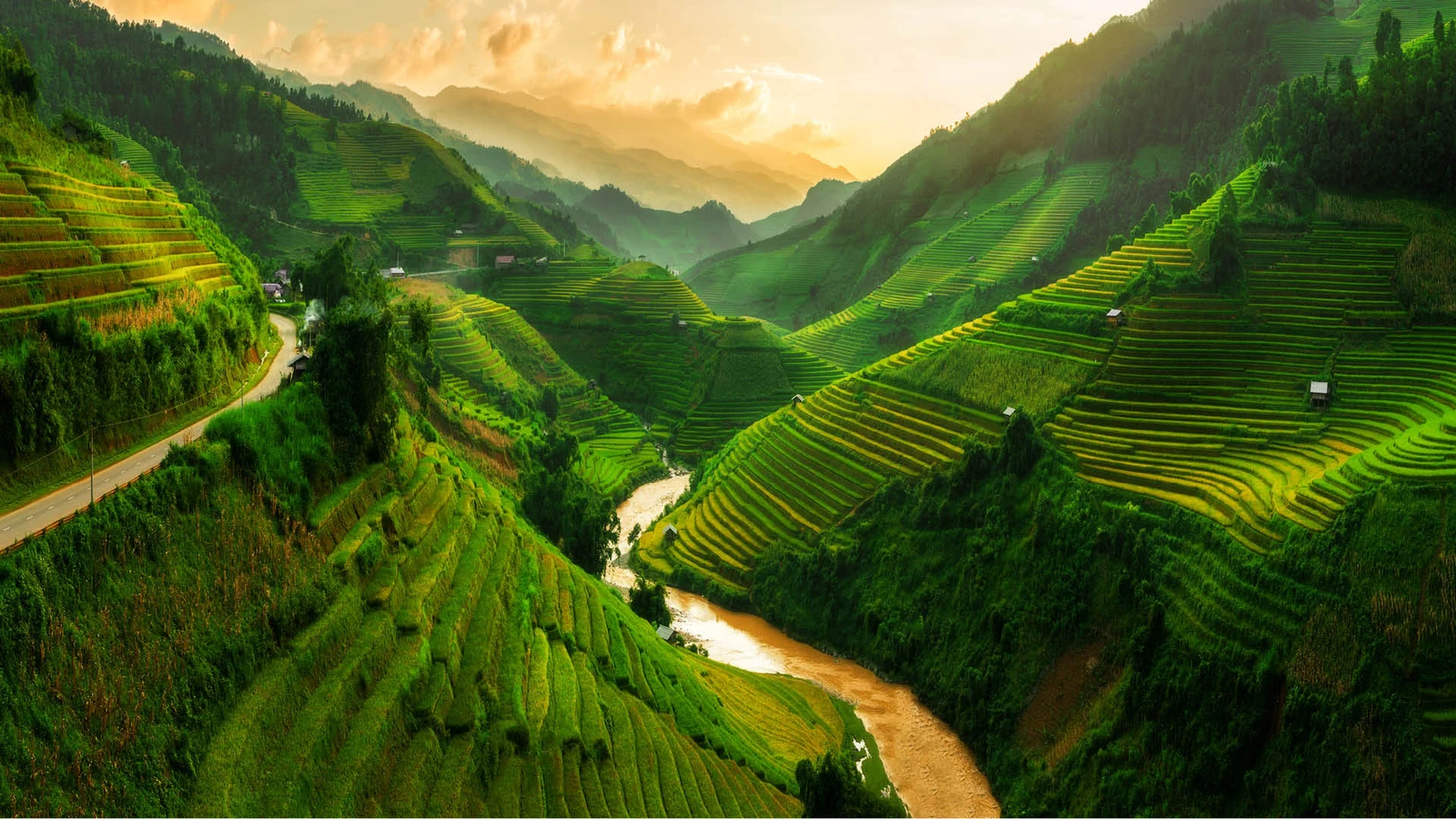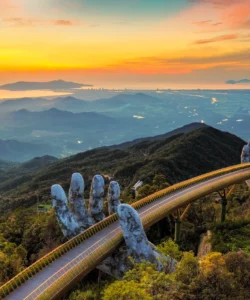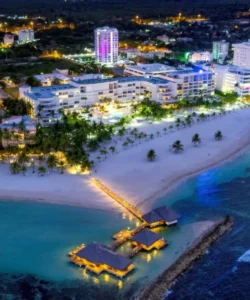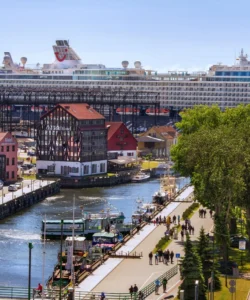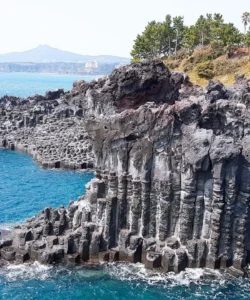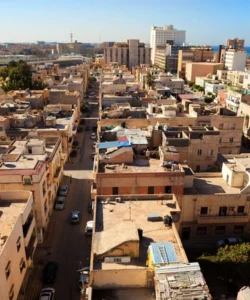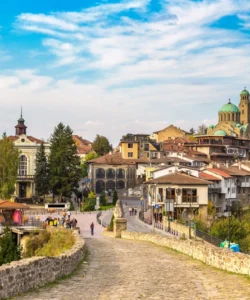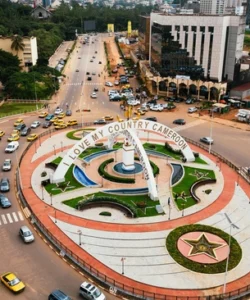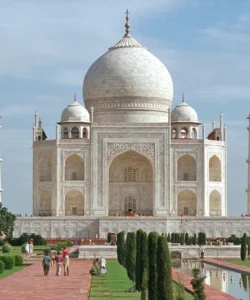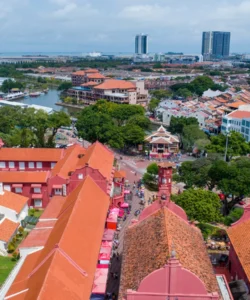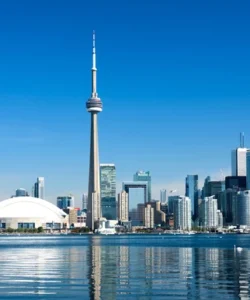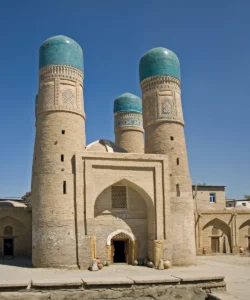Vietnam is a Southeast Asian country known for its rich history, vibrant culture, and rapid economic growth. It is a socialist republic with a single-party political system and a market-oriented economy.
![]()
Area and Geography:
Vietnam covers an area of approximately 331,690 km2, making it the 66th largest country in the world by land area. Its mainland is S-shaped, stretching from north to south, with a long coastline along the East Sea. It shares land borders with China to the north, and Laos and Cambodia to the west. The terrain is largely mountainous and hilly, accounting for about three-quarters of the total area, with two major deltas: the Red River Delta in the north and the Mekong River Delta in the south.
Population:
As of 2024, Vietnam’s population is estimated to be around 101.0 million people.
Language:
The official language of Vietnam is Vietnamese (Tiếng Việt). While there are 54 ethnic groups in Vietnam with various languages, Vietnamese is spoken by the majority and has been the official language since 1945. Notably, it is one of the few Asian languages that uses the Latin alphabet.
Currency:
The official currency of Vietnam is the Vietnamese Đồng (VND), symbolized by ₫ or VND. Vietnamese notes are a mix of small paper bills and larger polymer bills, ranging from 10,000 VND to 500,000 VND. Coins are not currently in use.
Religion:
Vietnamese folk religion is the predominant religious belief, followed by approximately 86.32% of the population. Other significant religious groups include Christianity (7.10%) and Buddhism (4.79%). A small percentage of the population identifies as non-religious or atheist.
Capital City:
The capital city of Vietnam is Hanoi.
Major Cities:
Beyond Hanoi, other major cities in Vietnam include:
- Ho Chi Minh City (formerly Saigon): The largest city and economic hub.
- Hai Phong: The third largest city and a major port in northern Vietnam.
- Da Nang: A prominent coastal city known for its beaches and modern vibe.
- Can Tho: The most developed city in the Mekong Delta region.
- Hue: A charming imperial city, rich in history.
Attractions and Wonders:
Vietnam is home to numerous breathtaking attractions and natural wonders:
- Ha Long Bay: A UNESCO World Heritage Site renowned for its emerald waters and thousands of limestone karsts.
- Hoi An Ancient Town: A UNESCO-listed charming town with a mix of Vietnamese, Japanese, and Chinese architectural influences.
- Sapa: Famous for its stunning terraced rice fields and ethnic minority cultures.
- Hue Imperial City: The former imperial capital, showcasing grand palaces, temples, and tombs.
- Phu Quoc Island: A popular island destination known for its beautiful beaches.
- Ninh Binh (often called “Ha Long Bay on land”): Offers equally mesmerizing scenery with limestone karsts and tranquil waterways, including the Trang An Landscape Complex.
- Da Nang: Features beautiful beaches like My Khe Beach and the Marble Mountains. The Golden Bridge, held by two giant hands, is a prominent landmark.
- Ho Chi Minh City: A bustling metropolis with historical sites like the War Remnants Museum and vibrant markets like Ben Thanh Market.
Architecture:
Vietnamese architecture is incredibly diverse, reflecting various historical periods and cultural influences. Key styles include:
- Vernacular Architecture: Regional and ethnic group specific, often simple and humble, built with local materials and harmonizing with nature.
- Imperial Architecture: Characterized by splendid palaces, temples, and tombs, seen in places like the Hue Imperial City and the Temple of Literature.
- Colonial Architecture: A blend of French and Vietnamese elements, prevalent in cities like Hanoi (e.g., Hanoi Opera House) and Ho Chi Minh City (e.g., Saigon Central Post Office).
- Modernist Architecture: Emphasizes functionality and minimalism.
- Contemporary Architecture: Blends traditional and modern elements, often incorporating sustainable materials and innovative technologies.
Notable architectural landmarks include the One Pillar Pagoda, Japanese Covered Bridge in Hoi An, and various imperial citadels.
Roads:
Vietnam’s road infrastructure is rapidly improving. The total road system is extensive, though a smaller percentage is paved, mainly national and provincial roads. National roads are managed by the central government, while expressways (a newer concept) are being developed to improve travel speed and safety by separating high-speed traffic from local traffic. Average speeds on major roads can be slow due to congestion and varied traffic mix.
Hotels:
Vietnam offers a wide range of accommodation options to suit all budgets and preferences:
- Luxury Resorts: Found in coastal areas and major cities, often with pools, spas, and panoramic views.
- Boutique Hotels: Unique and charming hotels, offering personalized experiences in urban centers and tourist destinations.
- Hotels: Ranging from budget-friendly to high-end, with various amenities.
- Hostels: Popular among backpackers for affordability and social atmosphere.
- Homestays/Guesthouses: Provide an opportunity to experience local culture and hospitality by staying with Vietnamese families.
- Floating Villages: Unique stays in locations like Ha Long Bay, offering experiences amidst natural beauty.
Restaurants and Cuisine:
Vietnamese cuisine is world-renowned for its fresh ingredients, vibrant flavors, and delicate balance. Popular restaurants can be found across the country, from street food stalls to Michelin-starred establishments. Some highly-rated restaurants include:
- Anan Saigon (Ho Chi Minh City): A Michelin-starred restaurant offering modern Vietnamese dining.
- Tam Vi (Hanoi): A Michelin-starred restaurant specializing in authentic Northern Vietnamese home-cooked style.
- Gia (Hanoi): Another Michelin-starred restaurant with a modern Vietnamese menu in an elegant setting.
- Numerous local eateries and street food vendors offer authentic and delicious experiences.
Traditional Vietnamese Dishes:
Must-try traditional dishes include:
- Phở: The iconic Vietnamese noodle soup, typically with beef or chicken.
- Bánh Mì: A delicious Vietnamese baguette sandwich, often filled with various meats, pâté, and fresh herbs.
- Gỏi Cuốn (Fresh Spring Rolls): Translucent rice paper rolls filled with shrimp, pork, vermicelli, and vegetables, served with a dipping sauce.
- Bún Chả: Grilled pork with vermicelli, a Hanoi specialty.
- Bánh Xèo: Crispy savory pancakes filled with shrimp, pork, and bean sprouts.
- Cơm Tấm (Broken Rice): A popular dish often served with grilled pork chop, shredded pork skin, and a fried egg.
- Cao Lầu: A unique noodle dish from Hoi An with specific noodles, pork, and local greens.
- Cà Phê Trứng (Vietnamese Egg Coffee): A rich and creamy coffee drink.
Annual Travel:
Vietnam has seen a significant increase in international visitors. In 2023, Vietnam welcomed 17.5 million international visitors, making it the third most-visited country in Southeast Asia, surpassing Singapore and trailing only Malaysia and Thailand. The first half of 2025 has seen foreign visitors nearing 10.7 million, indicating continued growth in tourism.





























